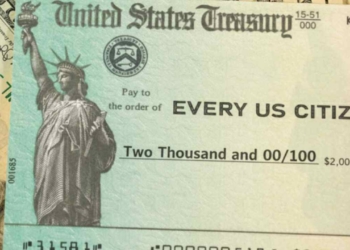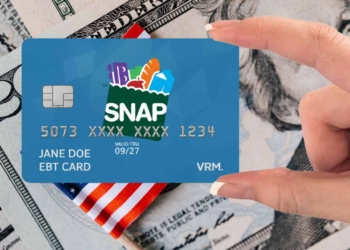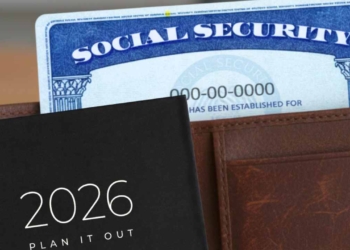The year 2025 has been like a sword of Damocles called inflation, which continues to bite into family budgets. A discreet state program is returning hundreds of dollars in tax refunds to desperately needed pockets in Pennsylvania. This state initiative is projected to inject more than $315 million into Pennsylvania’s economy by 2025 alone.
The Property Tax and Rental Rebate Program (PTRR) doesn’t shout about its existence, but its impact is felt in supermarkets, pharmacies, and electric bills across the Commonwealth.
Launched in 1971 as a pragmatic response to rising housing costs, the PTRR tax refund program has survived recessions, gubernatorial changes, and budget debates. Its true rebirth came in 2023, when Governor Josh Shapiro signed Act 7, expanding its reach to include nearly 175,000 more people.
PTRR tax refunds in Pennsylvania: a quick review
Funded entirely by Pennsylvania Lottery and casino revenue—without touching a cent of general tax revenue—the program distributes this fresh money to communities where the cost of living has risen 20 percent in the last five years, according to data from the state Department of Revenue.
There were some changes to the PTRR program, and we’ll explain them step by step. The income limit was raised from $35,000 to $45,000 per household per year, and the maximum refund amounts were nearly doubled. For the current cycle, which covers taxes and rent paid in 2024, more than 500,000 applicants are projected to benefit.
Who’s eligible to claim a check?
The program’s eligibility indicates it’s targeted to specific groups: Pennsylvania residents age 65 and older, widows or widowers age 50 and older, and people with disabilities age 18 and older. It doesn’t matter if you arrived yesterday or have been in the state for decades; the key is that your annual household income doesn’t exceed $45,000.
Here’s a favorable twist: the calculation excludes half of Social Security benefits or first-level railroad retirement benefits and allows deductions for civilian pensions. Homeowners must prove they paid taxes on their primary residence, while renters need proof of rental income. Even if you live in an assisted living facility, you qualify if you meet the basic requirements.
An important detail for families is that if the primary applicant dies during the process, a spouse or legal representative can take over, provided the documentation is in order. Essentially, it’s designed to capture those left behind by the federal system.
Pennsylvania tax refunds: How long to expect in 2025
The amounts vary like the hills of the state, depending on income level and housing type. The standard refund is divided into four tiers:
- For households with $0 to $8,270 per year, the maximum is $1,000;
- from $8,271 to $15,510, down to $770;
- from $15,511 to $18,610, it is $460;
- and from $18,611 to $45,000, the floor of $380.
Compared to the previous maximum of $650, it’s a jump that many are calling “the best change in decades.” Then comes the supplemental, or “kicker,” for homeowners with less than $31,000 whose taxes exceed 15% of their income, or for those living in urban areas like Philadelphia, Scranton, or Pittsburgh.
This adds an extra $190 to $500, pushing the total to $1,500 in the lowest cases. In real terms: a retiree in Erie with $12,000 in income could take home $1,270; in Harrisburg, a disabled renter with $20,000 could take home about $660. This is money that not only provides relief but also recirculates to local stores and essential services.
Basics for qualifying for the tax refund
Put together a package with proof of age (a driver’s license, Medicare card, or birth certificate), income via W-2 or IRS tax returns, and housing payments: tax bills for homeowners, or a rental certificate signed by the landlord for tenants. If the landlord resists, opt for the notarized version with an oath.
The myPATH.pa.gov portal does it online in 20 minutes; you can also apply by mail or at one of the 300 free help centers scattered across the counties. If you applied early, you’ll receive a postal reminder, but remember: it’s annual, with no exceptions.
If you have any issues, dial 1-888-222-9190 (the line answers in both English and Spanish) or watch the video tutorial on the site. It’s accessible, but 15% of rejections result from incomplete paperwork, so double-check.







